Post by ferrari512s on Apr 30, 2014 11:29:15 GMT -5

Development of Ferrari’s 12-cylinder prototype racers accelerated in 1966 and ’67, and with good reason. Competition was steep, and Ferrari needed something with which to fight back -- and it developed the Ferrari 330 P4.

With Carroll Shelby running its sports-racing program, Ford in 1965 wrested from Ferrari the Constructors International Grand Touring Championship. Now the American company was knocking on the door of Ferrari’s domination in the sports prototypes class, with the Chevrolet-powered Chaparrals serious threats, as well.
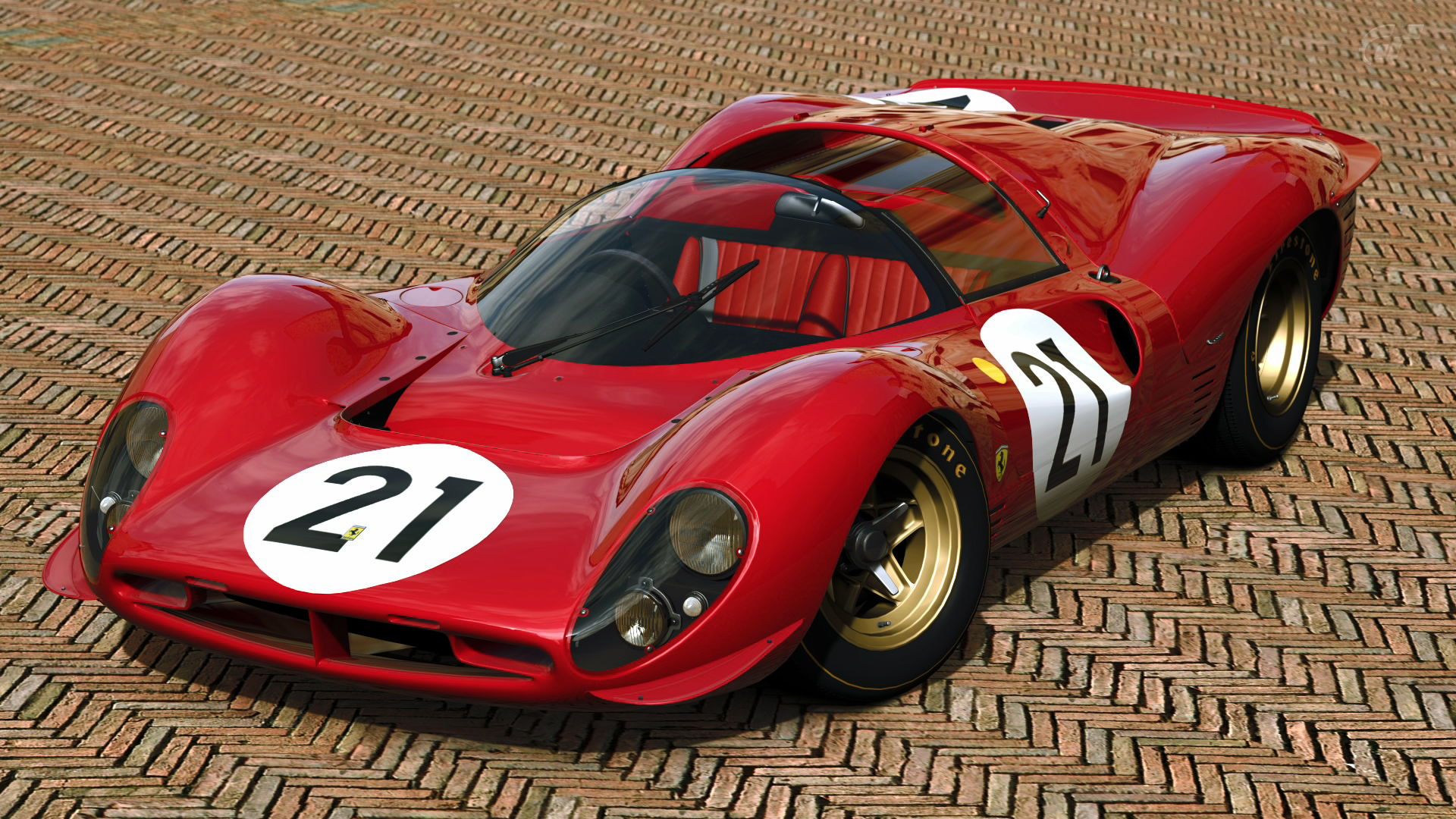
Ferrari mounted its 1966 offensive with the Ferrari 330 P3. A stunning machine to behold, it looked menacing in a way Modena’s earlier prototypes did not. Supporting the look were sophisticated mechanicals that benefited from a more-intensive cross-pollination with Ferrari’s Formula 1 technology.
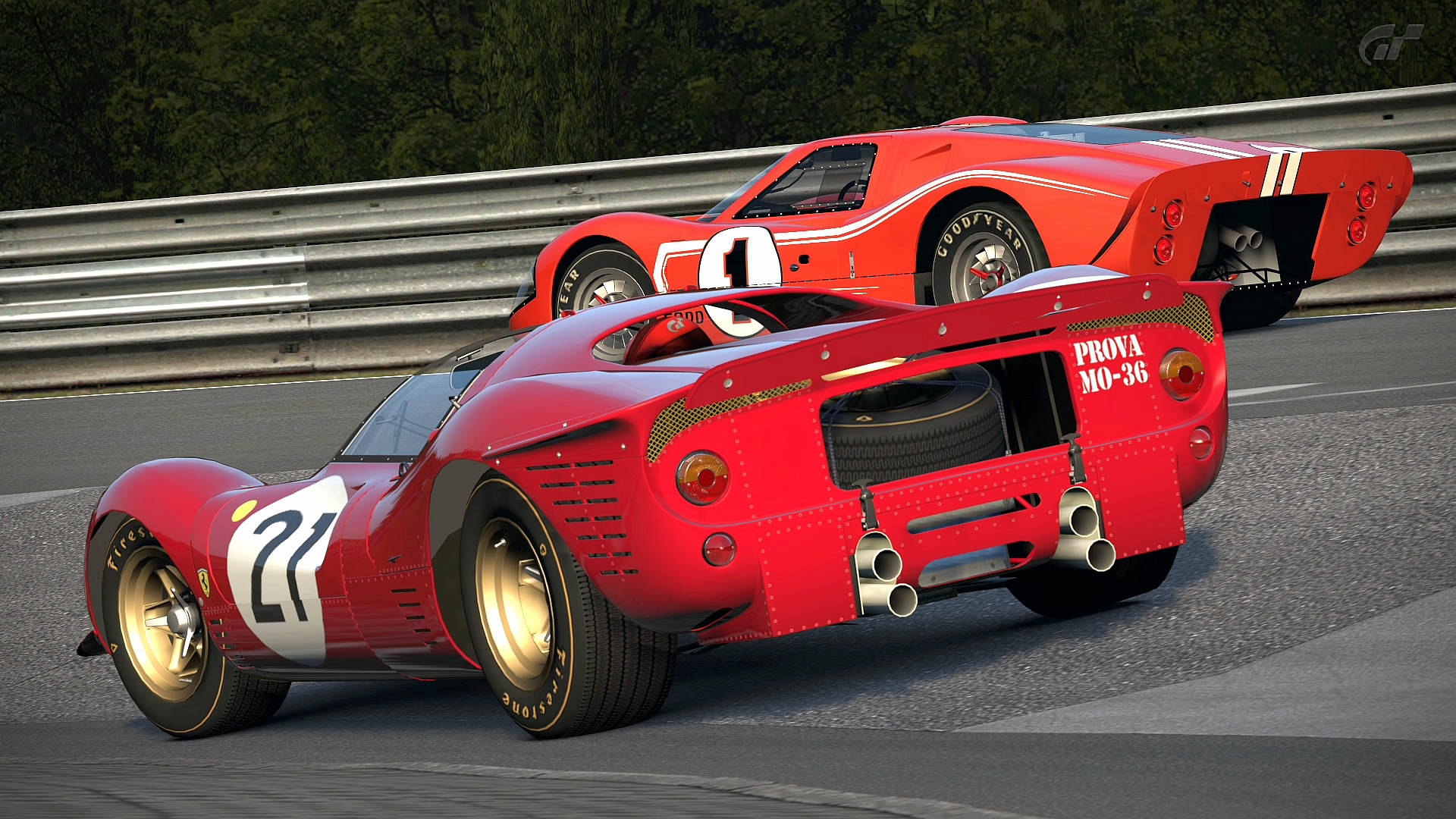
An updated suspension with different geometry teamed with a monocoque chassis that used some stressed body panels in the center section.

The V-12 got new heads to take the Lucas indirection injection system that replaced the predecessor Ferrari 330 P2’s Weber carburetors. A new Borg & Beck three-disc clutch was used with a ZF five-speed gearbox; most of Ferrari’s earlier “P-car” gearboxes had been made in-house. Finally, there was a drop in weight: The P3 was more than 200 pounds lighter than the P2.
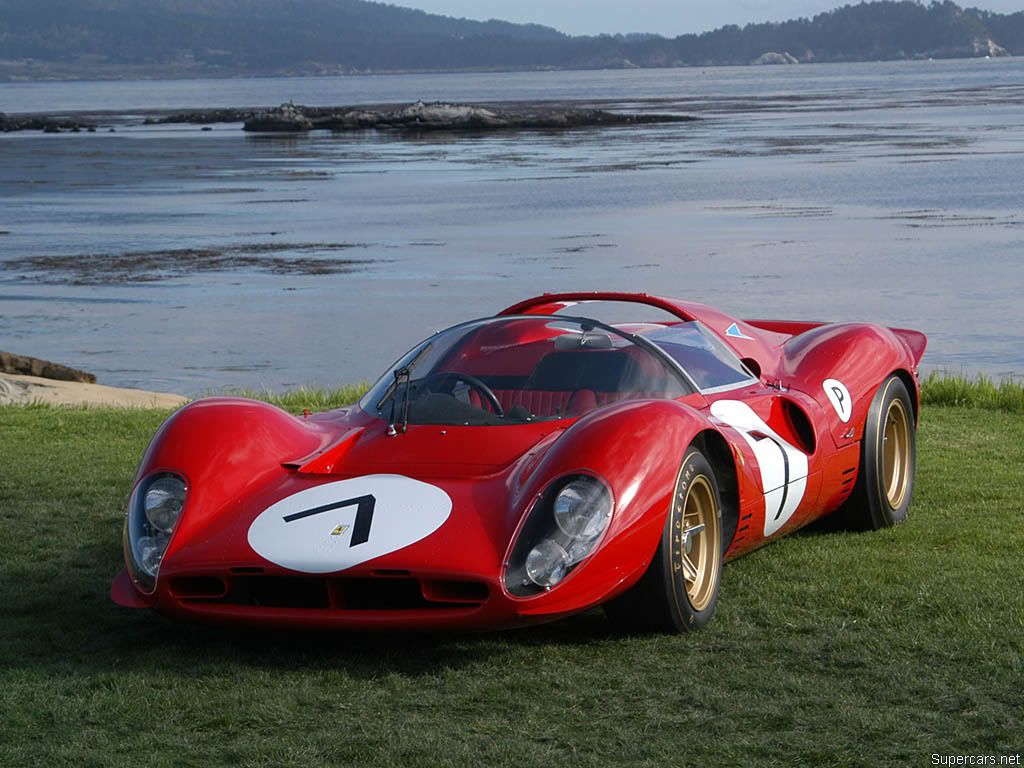
Only Ferrari “works” drivers drove the 330 P3. Privateers were offered an updated version of the Ferrari 365 P2, the 365 P2/3. Save some suspension and brake updates, mechanically the model was a near-twin of the Ferrari 365 P2. The coachwork was a different story, combining as it did the lines of the 365 P2 with the driver’s compartment of the Ferrari 330 P3.

The ’66 prototype championship was a dogfight. In the top class, Ford GT40s won the first two races, then a Ferrari 330 P3 scored a victory at Monza. In the 2.0-liter category, a Ferrari Dino 206 S took second at Monza to a Porsche 906. Then a Ferrari 330 P3 won at Spa.
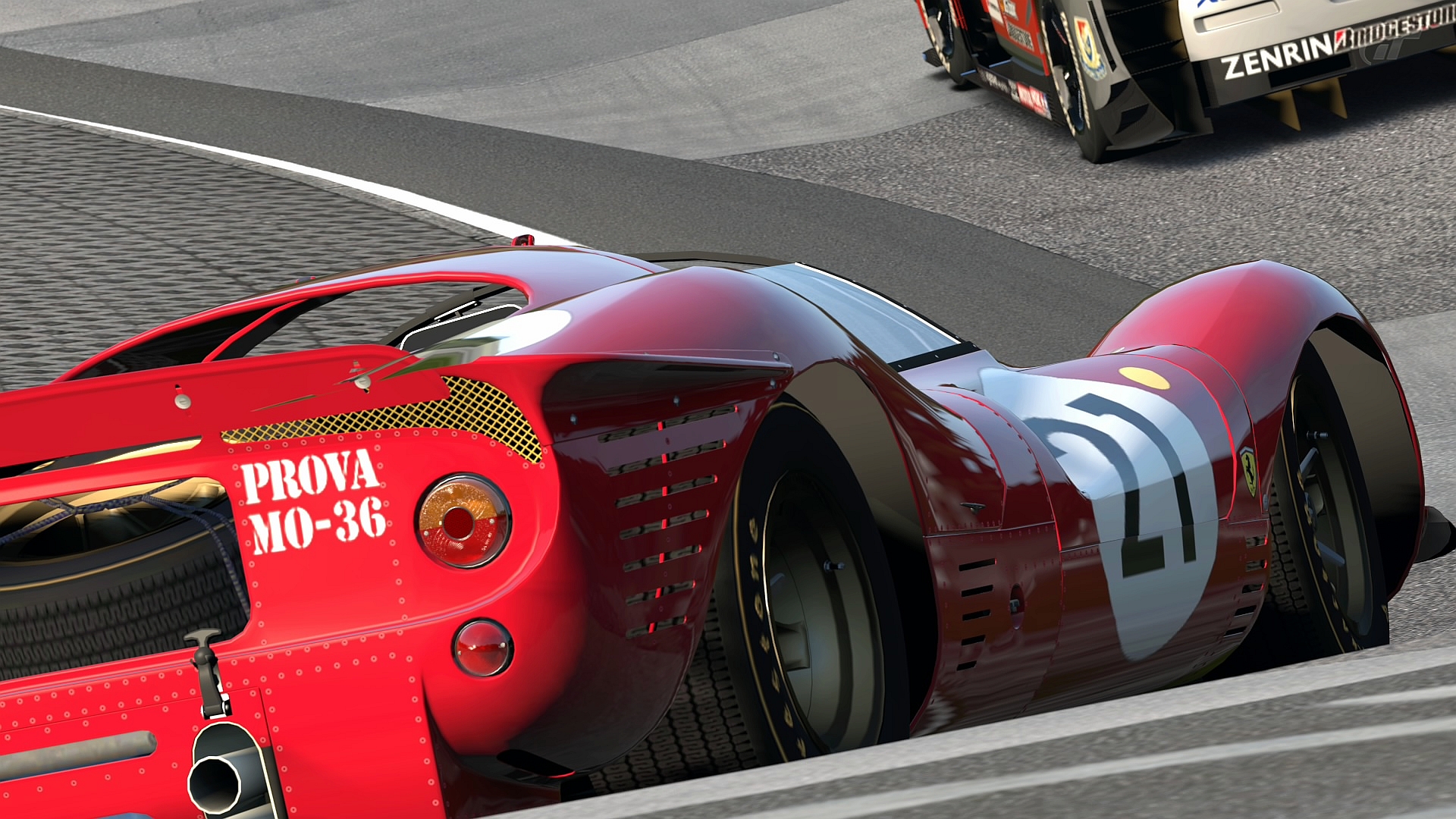
A Chaparral was victorious at the Nurburgring. Then Ford scored its biggest victory, GT40s running 1-2-3 at Le Mans. Ford went on to win the Constructors International Sports Prototype Championship, with 38 points to Ferrari’s 36.

For 1967, Enzo Ferrari and chief engineer Mauro Forghieri responded with the Ferrari 330 P4. It would come to be considered by many the greatest Ferrari endurance race car. The P4 looked nearly identical to the 330 P3, but had some significant mechanical changes.

The engine block was strengthened, the heads got three valves per cylinder instead of two, and the fuel-injection pipes were repositioned.

The chassis was modified and used a shorter wheelbase and wider track. The brakes were repositioned for improved cooling, and the gearbox was redesigned.
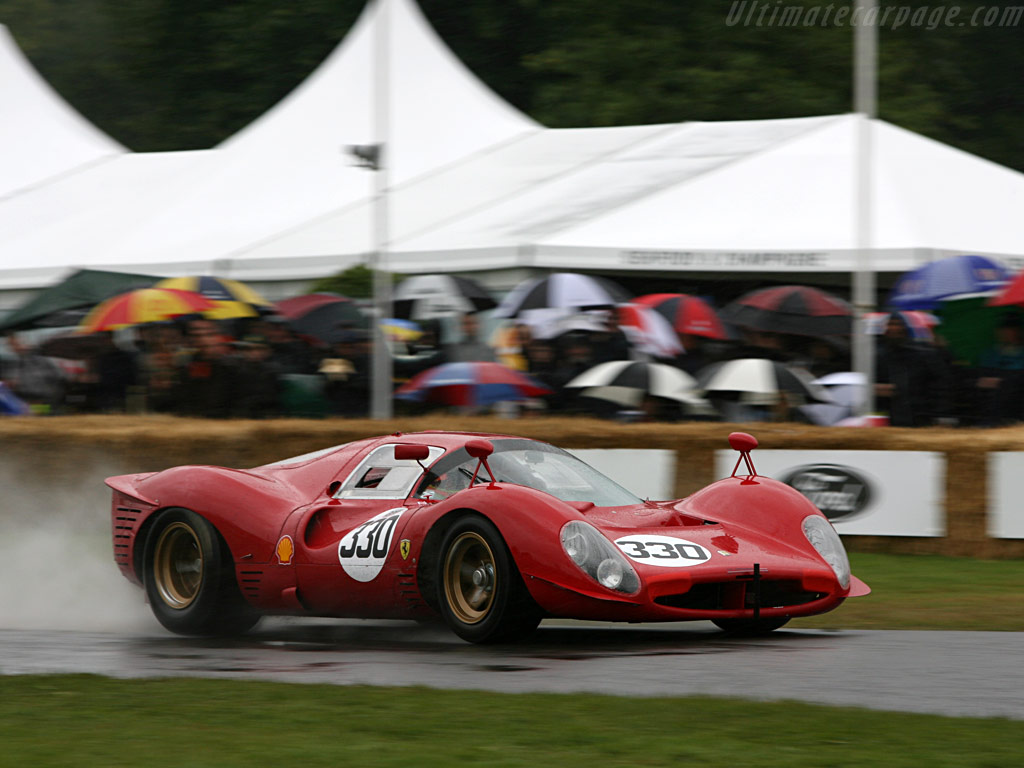
Privateers in ’67 were offered the 330 P3/4, also known as the Ferrari 412 P. These were 330 P3s brought up to 330 P4 specifications, though they had Weber carburetors rather than fuel injection and continued with an updated version of the P3’s gearbox. Visually, the Ferrari 330 P4 and 412 P were identical.

Endurance ace Chris Amon joined Ferrari as a works driver for the 1967 season. Quoted in Scarlet Passion, by Anthony Pritchard, he said, “The P4 was a very pleasant car to drive, as it was a great deal more nimble than the Fords I was used to.
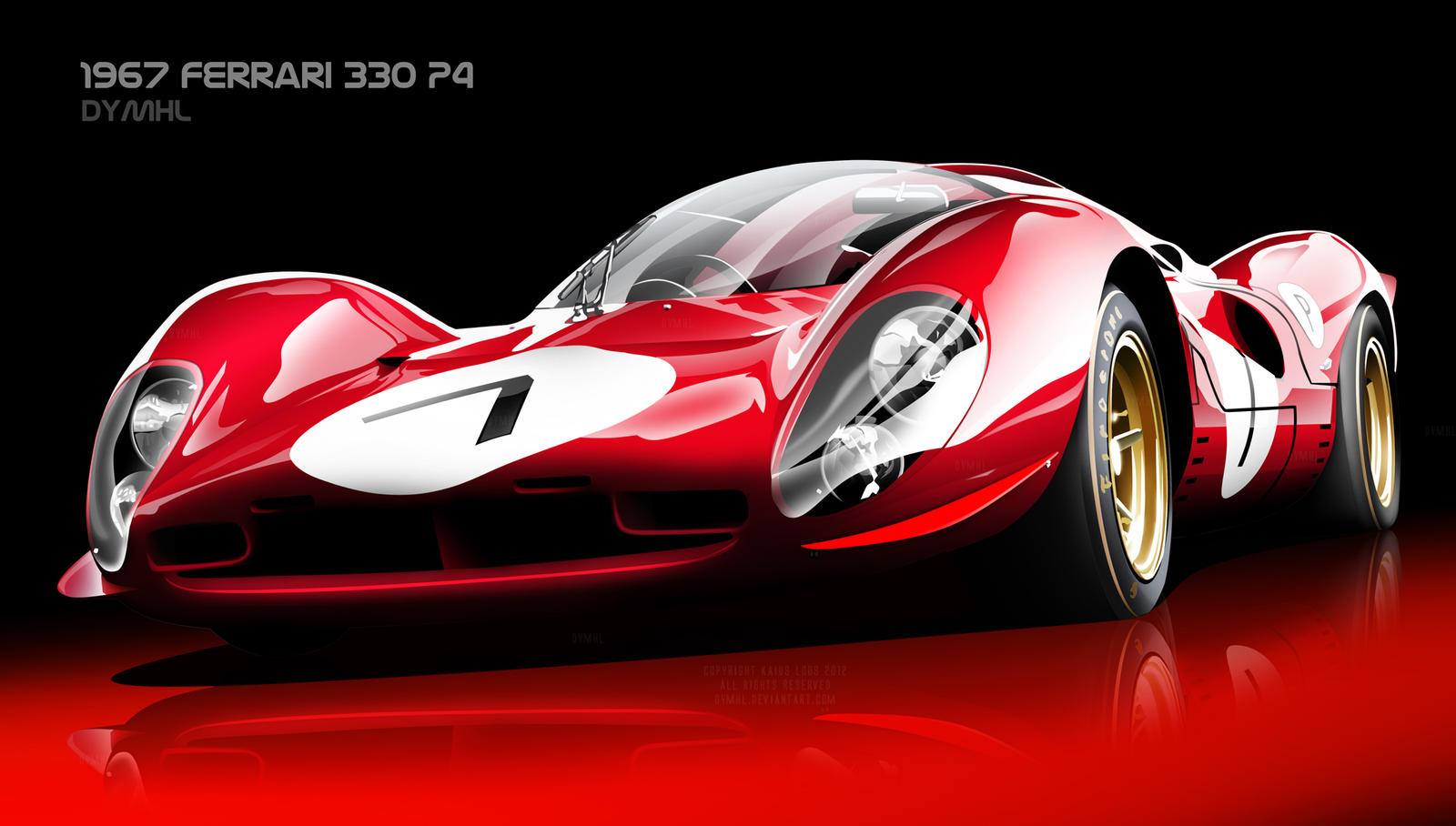
Although it lacked the ultimate top end pace of the 7-litre Ford, it gave you the feeling that you could drive it to the maximum for the whole race, which really wasn’t the case for the Fords, especially the brakes ... ”

The Ferrari 330 P4 underwent a number of days testing at Daytona, and the preparation paid off. In the season’s first race at the Florida track, Amon teamed with Lorenzo Bandini to win the 24 Hours. Another P4 was second, and a Ferrari 412 P was third.

A Ford GT40 won at Sebring, then P4s finished 1-2 at Monza, Amon and Bandini again the victors. Le Mans went to a GT40, but P4s ran 2-3. It was another donnybrook of a season, but this time Ferrari emerged on top to recapture the prototypes world title.

However, rulesmakers delivered an unpleasant surprise when they threw cold water on a tremendous three-way rivalry among Ferrari, Ford, and Porsche. They effectively neutralized the biggest weapons of Ford and Ferrari by limiting the top prototypes class to cars with no more than 3.0-liters displacement.

For the Sports Car Championship, engine size was limited to 5.0-liters and manufacturers had to build a minimum of 50 cars to qualify.
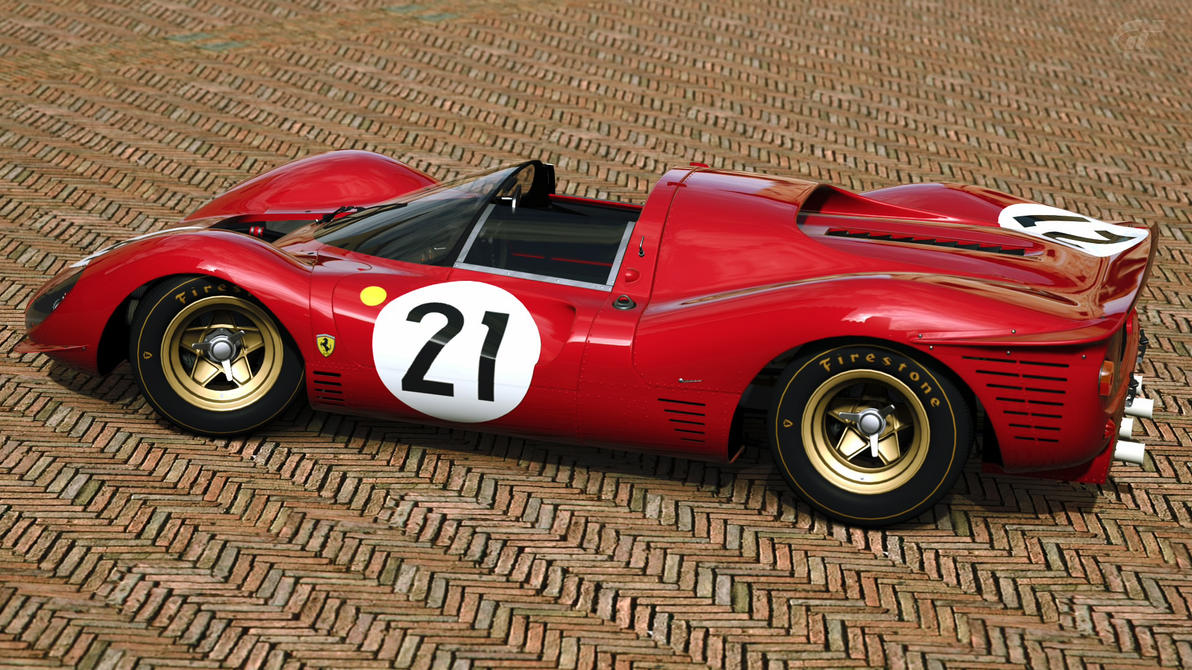
“I remember when I heard that, for I was screaming,” said Franco Lini, who was then Ferrari’s team manager. “I found myself saying ‘Next year you will not see any Ferrari cars.’ When the organizers asked why, I said ‘Because Ferrari is a small factory and we don’t have the money to build 50 cars for homologation ... ’”

Indeed, there were no “works” Ferraris entered at any FIA-sanctioned endurance events in 1968, only older cars run by privateers. But that didn’t mean Ferrari had abandoned endurance racing altogether.
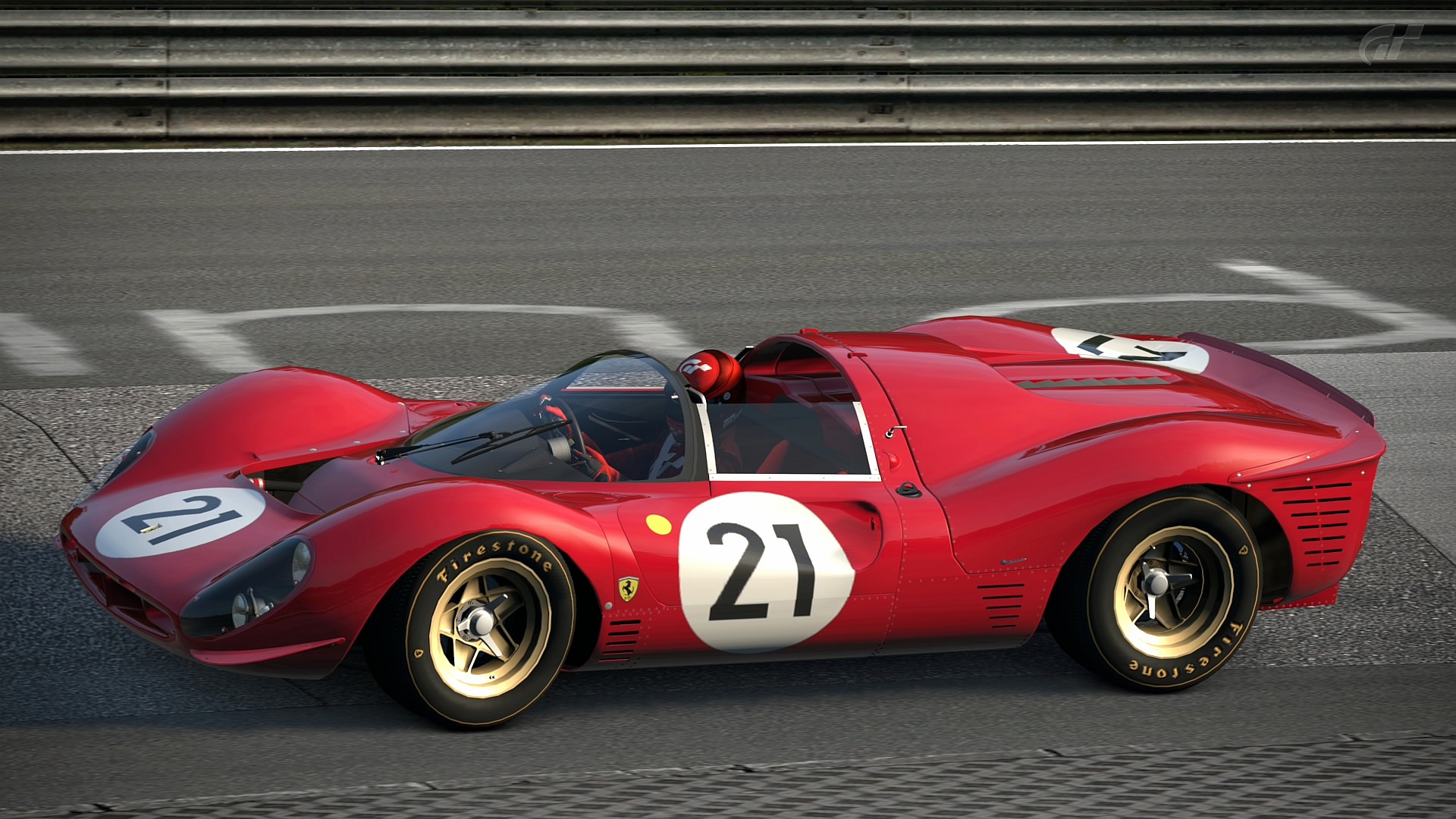
Gallery...



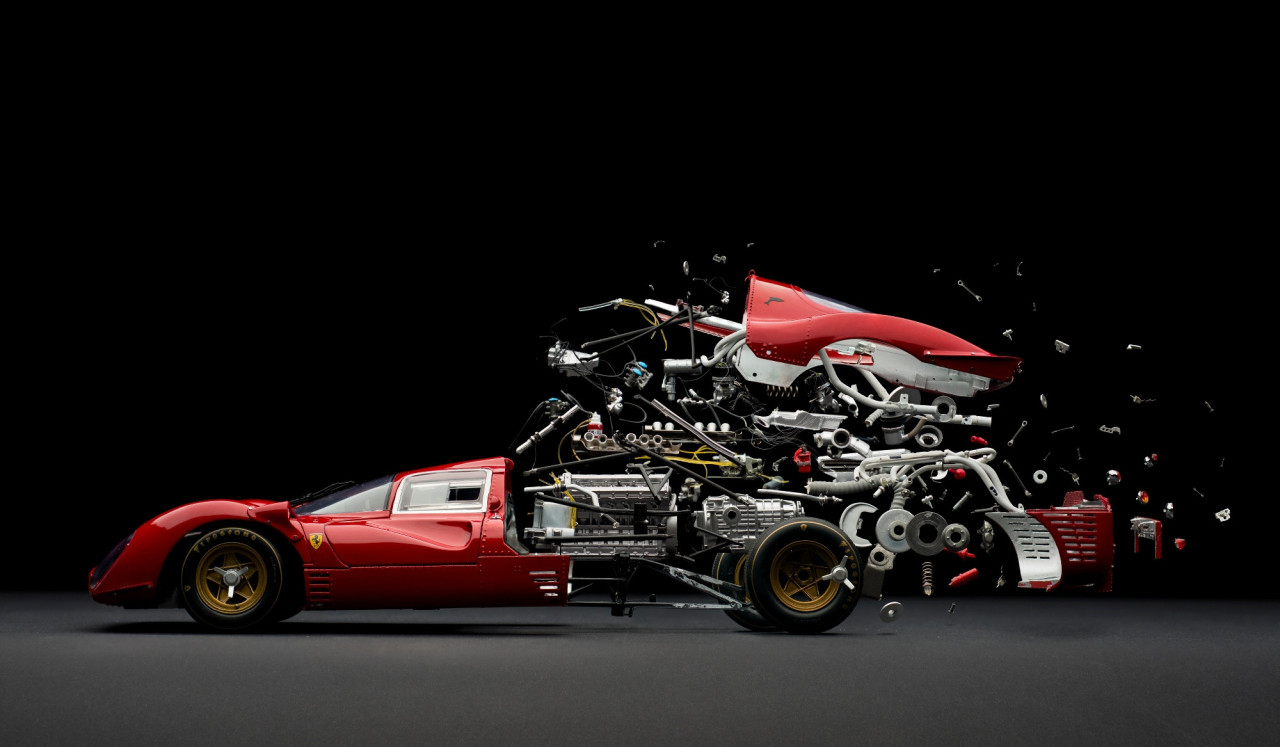
Sources
worldcarslist.com/page/ferrari-330-p4/default.html
auto.howstuffworks.com/ferrari-330-p4.htm
vertualissimo.deviantart.com/art/1967-Ferrari-330-P4-Gran-Turismo-5-337716206

Hot Wheels Die-Cast Ferrari P4
Hot Wheels finally released this stunning Ferrari 330 P4 in 2002. The series, First Editions. It has been reissued in various colors through the years.
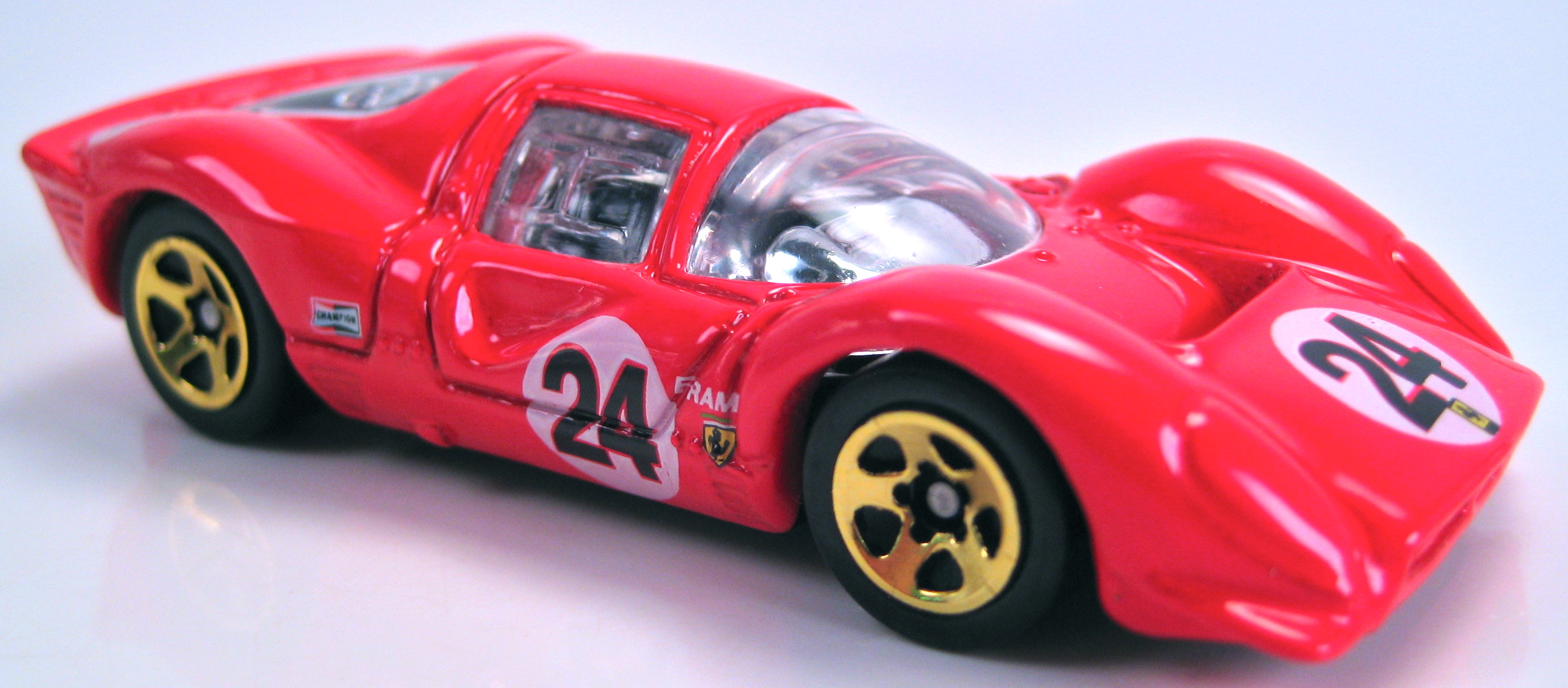
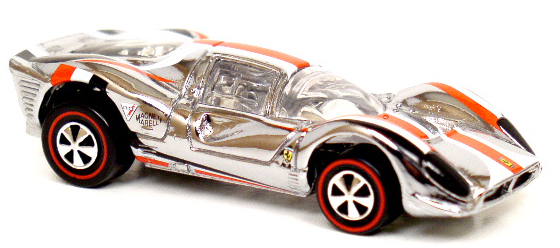
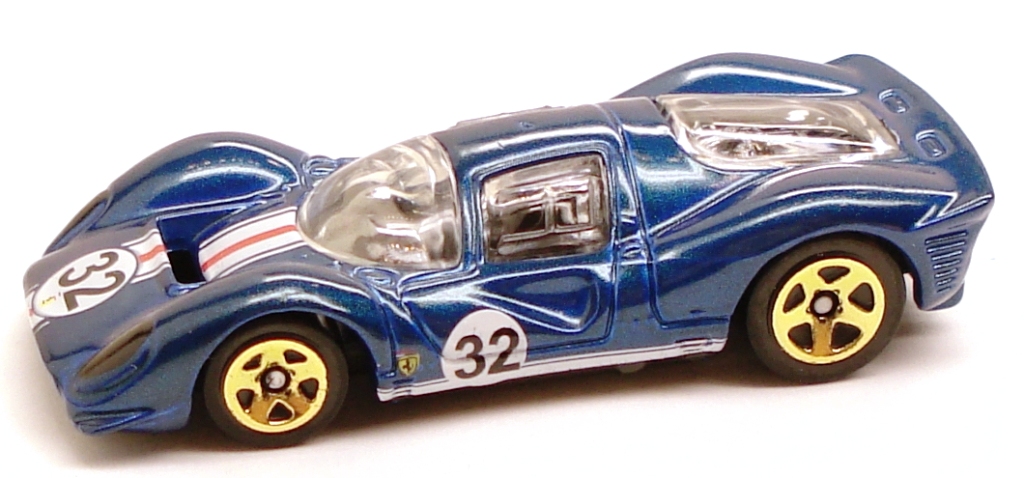
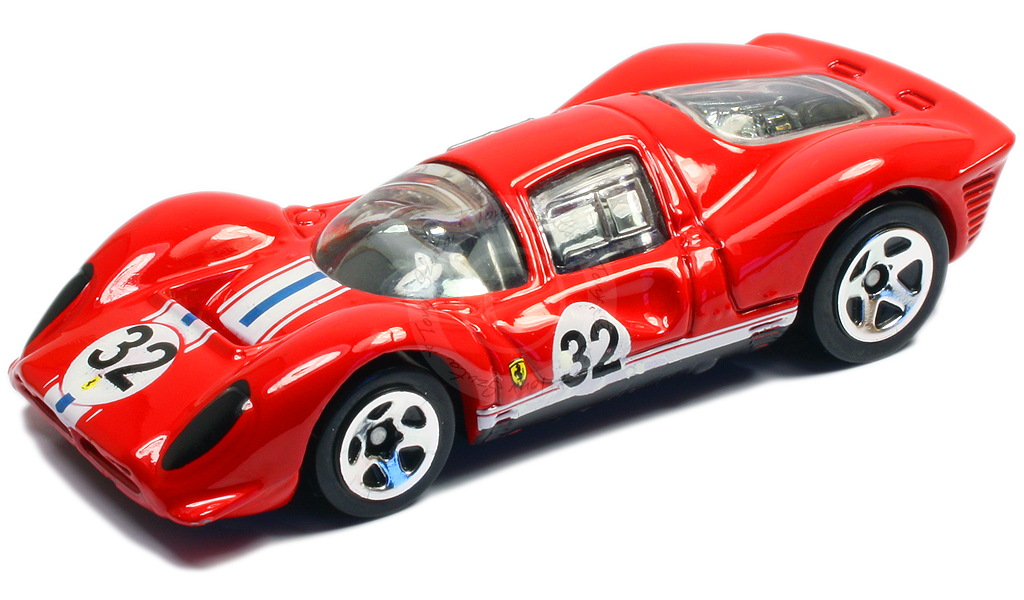
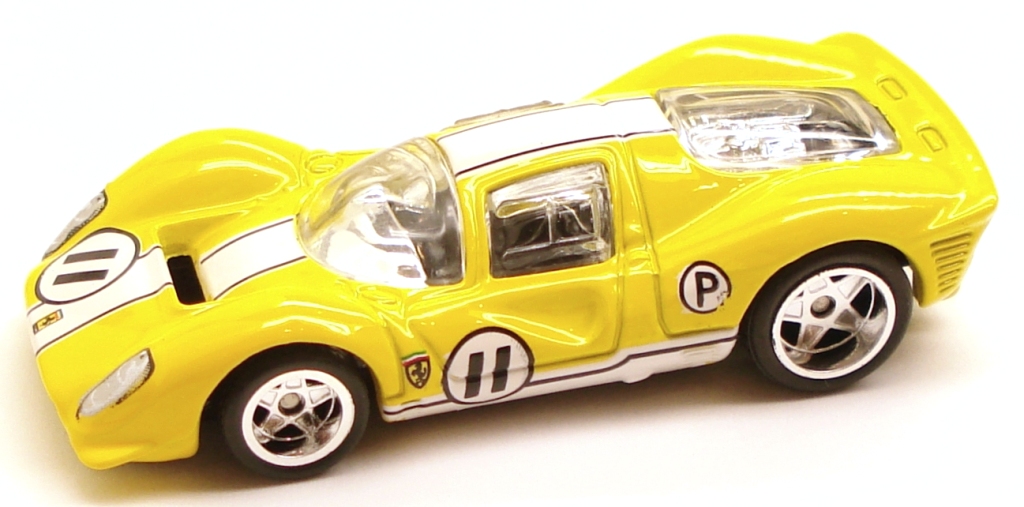
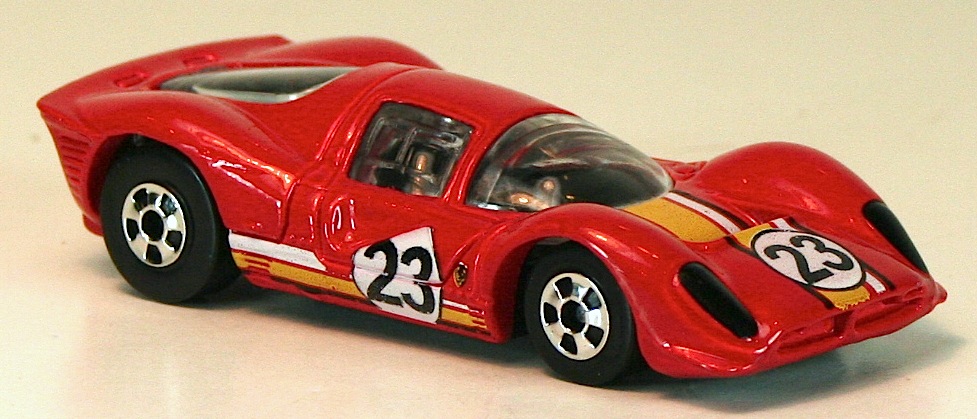
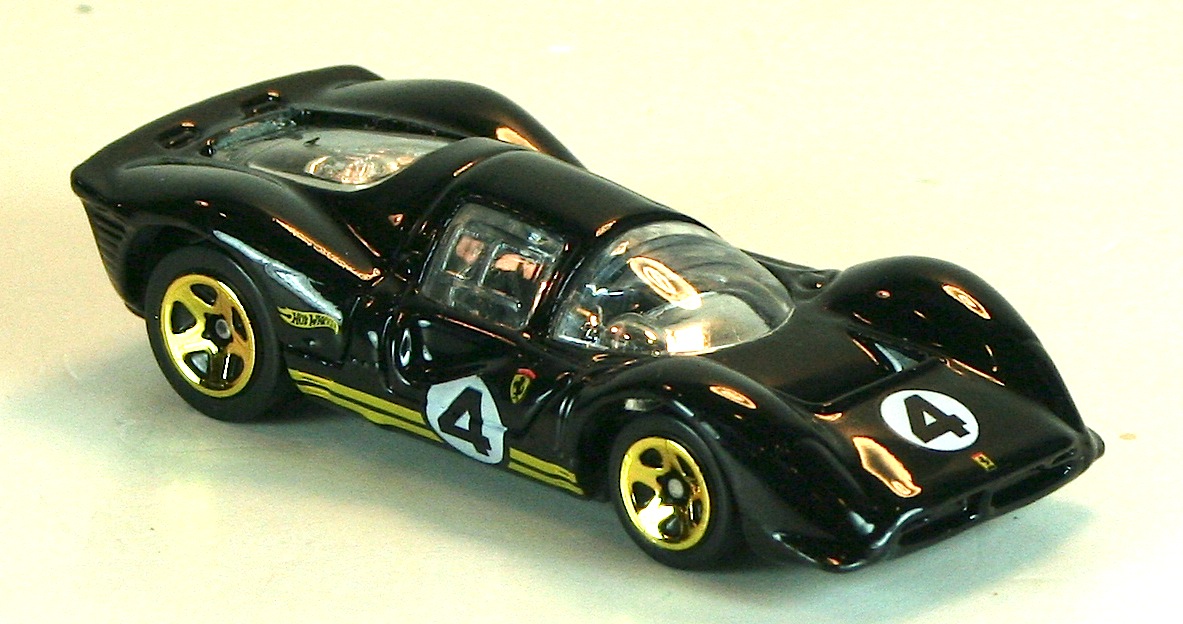
Source
hotwheels.wikia.com/wiki/Ferrari_P4
Hot Wheels finally released this stunning Ferrari 330 P4 in 2002. The series, First Editions. It has been reissued in various colors through the years.







Source
hotwheels.wikia.com/wiki/Ferrari_P4

